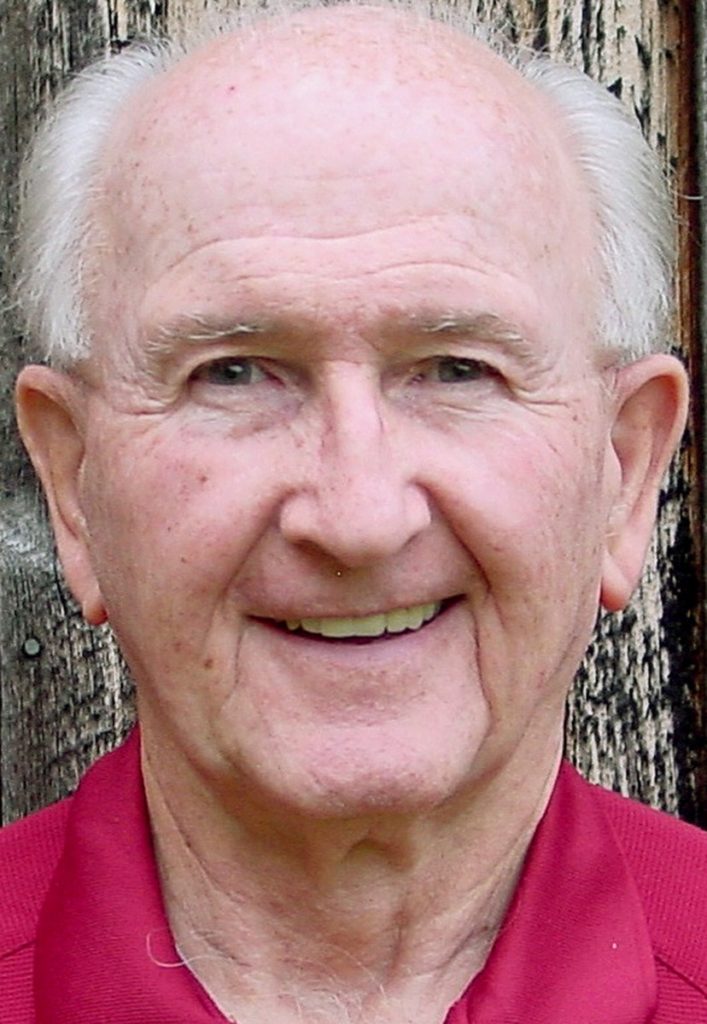Column by Mike Zagata, August 3, 2018
What Can Be Done About
Deer Overpopulation?

Most of us enjoy watching and/or hunting deer. They seem harmless enough – that is, until one runs in front of your shiny new car. Many people enjoy feeding deers with deer feeders you can learn more about at places similar to feedthatgame.com which is great if you have the population of deer under control. However, the 650,000 or so forest landowners in the state may have a different perspective.
Each year they pay taxes on forest property with an expectation to recreate there and possibly even harvest some timber to help pay the taxes.
When they visit their woodland and look closely at the understory beneath the forest canopy, they expect to find the seedlings – the next generation, called “regeneration” – of the mature trees that produce mast (acorns, nuts fruits) for wildlife and either sawlogs for lumber or pulp for paper.
What they expect to find isn’t what they
actually find.
Deer are decimating the forest understory. Because we have made it socially unacceptable to cut trees for a long time, about all that is left in the forest is mature trees – the brush and other young forest species that deer browsed are gone.
What is left are the species that can grow in the shade of the adult trees and, unfortunately, deer have a preference for the species like oaks that produce mast and sawlogs for lumber and maple and ash that also produce wood products.
Thus, deer over-browse those species and leave less desirable, invasive species.
In other words, deer, like beaver, can alter their own habitat. On average, a deer eats about 8½ pounds of vegetation per day – that’s a lot of twigs being eaten by an estimated statewide population of one million deer.
This isn’t a hypothesis. It is a real, scientifically validated phenomenon. In fact, scientists are concerned that this over-browsing will have a “legacy effect” – there may not be a next generation of the forest as we know it today.
Those of you who live in Oneonta have seen the consequences – deer in the middle of Chestnut Street or Ravine Parkway on their way to eat your shrubs.
The problem is real. The question is what to do about it? Because we have removed the large predators, with the possible exception of the coyote and black bear, that once controlled the number of deer, we rely on hunting deer to keep their numbers in check. Hunting remains a popular pastime for many and is now becoming somewhat of a public service in the areas where deer populations are growing out of control. Hunters may find the use of technology like Hornady Ballistics Weather Meter extremely useful when it comes to taking out the animal first time.
The number of hunters continues to decrease and the hunting access to private property and local towns and villages is also declining.
Thus hunting, as we practice and regulate it now, may no longer be an effective management tool.
Do we need to re-examine how to more effectively harvest deer? That may be easier said than done. There are animal rights groups that oppose hunting altogether. There are sportsmen’s groups that are pro-hunting and may view any tinkering with the status quo as a threat.

Then there are conservation groups that have an interest in maintaining healthy forests that produce abundant wildlife of all species. The DEC’s Lands & Forests Division is tasked with doing what it takes to protect forest regeneration. Another Division, Fish & Wildlife, may favor keeping the deer population at a “huntable” level.
Like most natural-resource-related issues, this one is complex and efforts to address it are likely to spark controversy. Pennsylvania attempted to address the issue of over-browsing about a decade ago without success as the various interest groups couldn’t agree on a workable solution.
If we care about the next generation of New York’s forests, we can’t afford to let that happen. We must listen to what the science tells us and learn to work together for the common, long-term health of both the forest and the deer.
Hunters have lots of equipment options available to them. To make the process of selection easier, websites like Outdoor Empire have many helpful articles and reviews that provide comprehensive details on the best and latest gear with which to hunt more effectively.
Mike Zagata, a DEC commissioner in the Pataki Administrator and a former environmental executive for Fortune 500 companies, lives in West Davenport.

